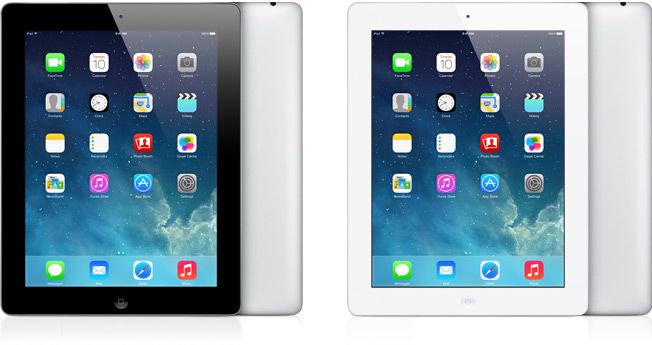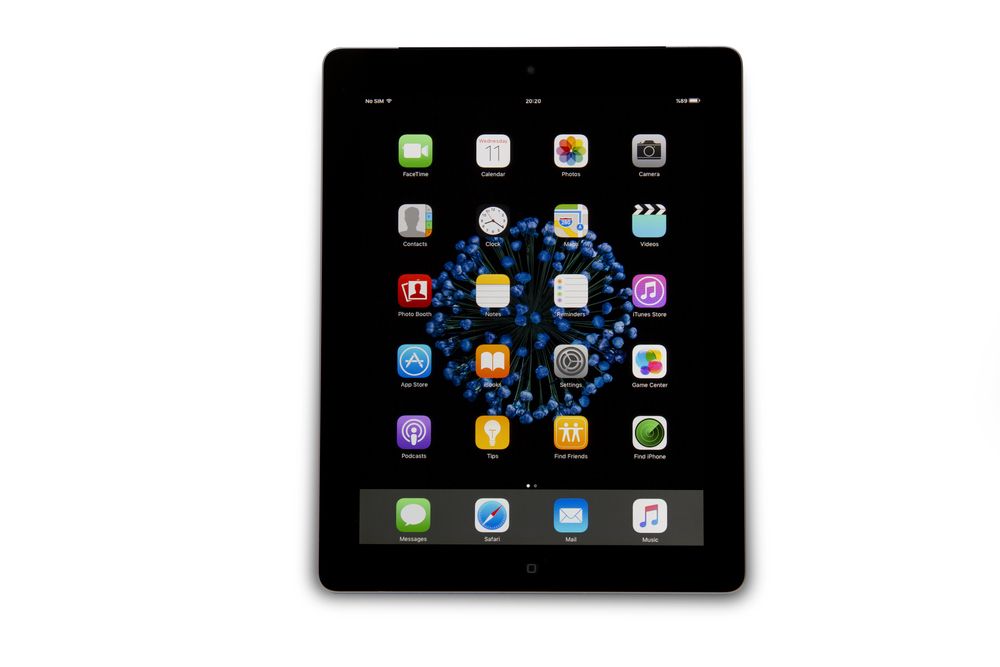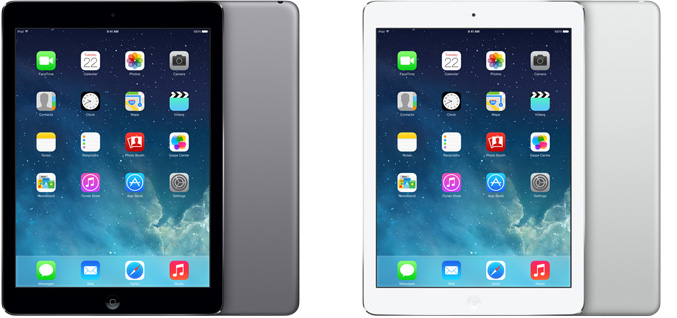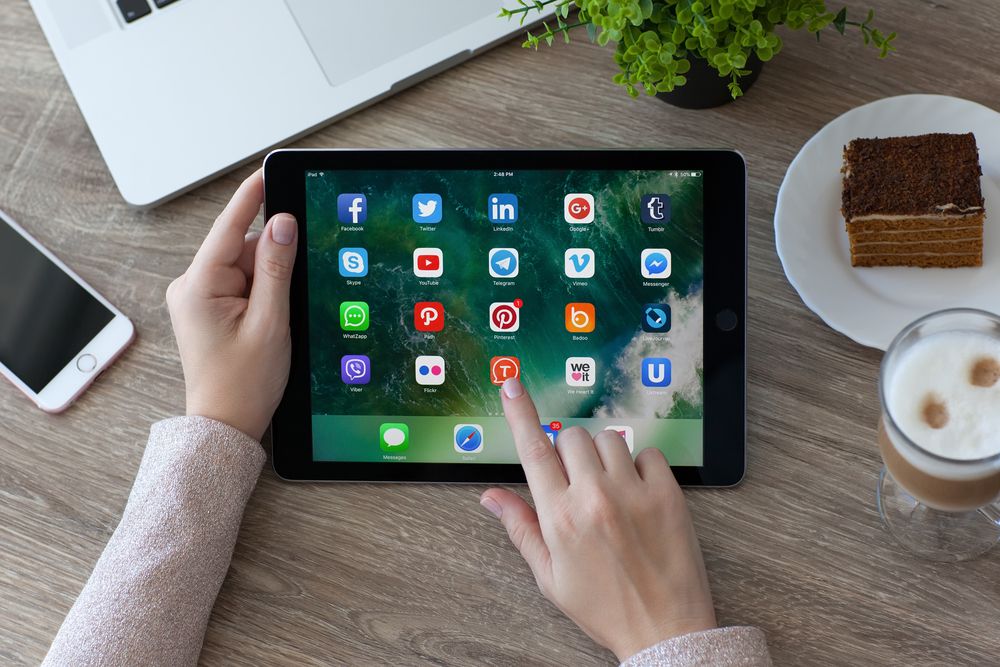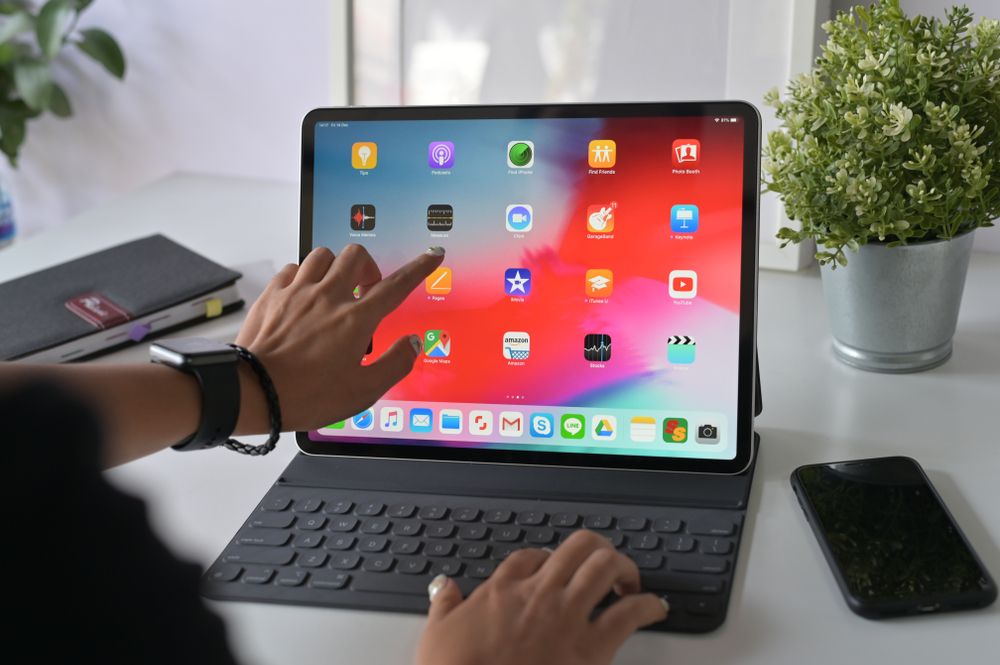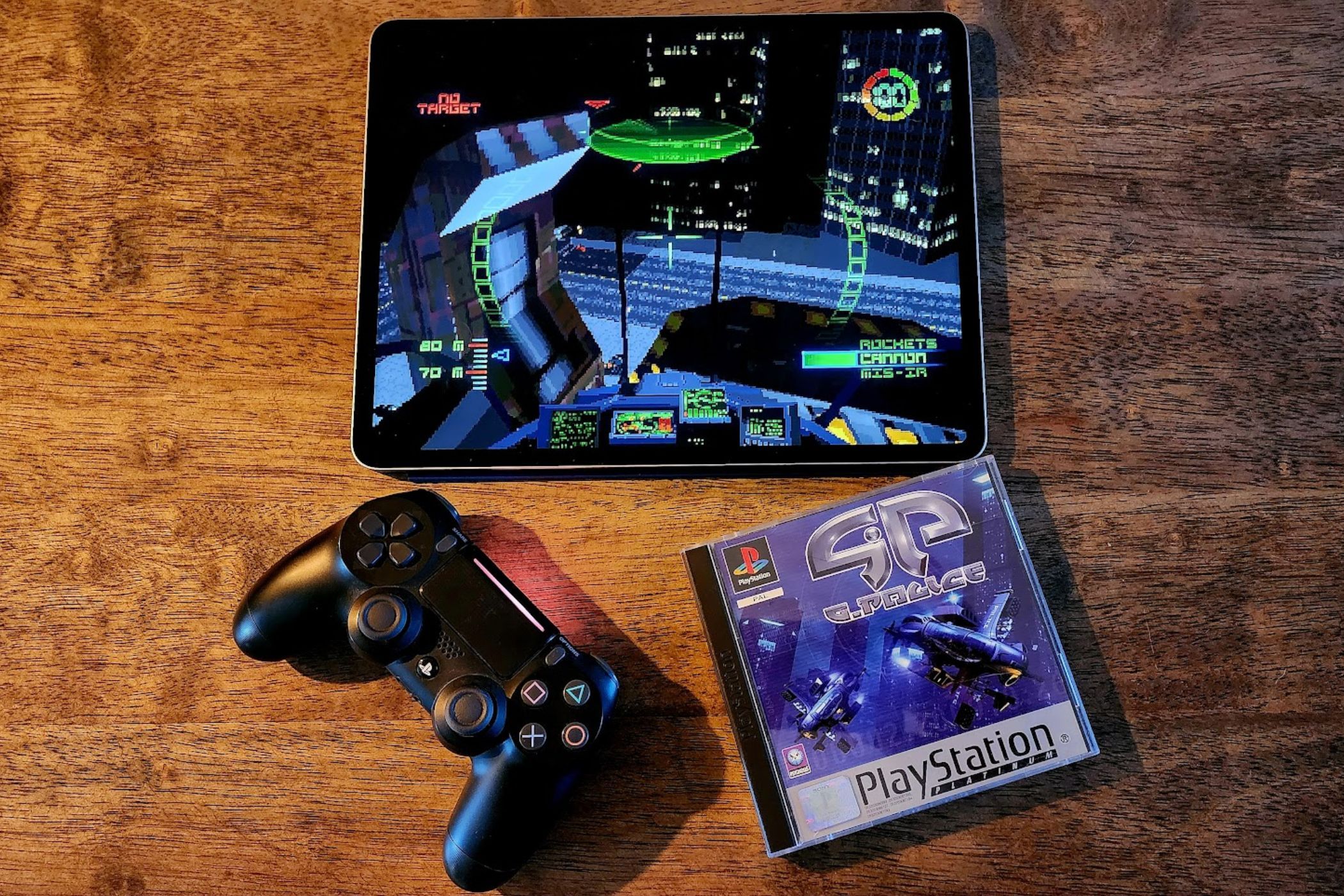When the first iPad launched, it was a bit of a joke, but the second generation of Apple’s mega-successful tablet line got its hooks into me, and I’ve always had an iPad ever since.
The iPad 2 Started It All
As I said, my first iPad was the iPad 2. I was curious about these devices, but I assumed they would be expensive based on iPhone prices. To my surprise, the iPad 2 was pretty affordable, so I took the plunge and bought one, not knowing exactly what I would do with it.
Turns out I started doing pretty much everything on it that wasn’t pure work. Just about all my content consumption moved over to my iPad, and I even found myself finally caring about mobile games.
The iPad 3 Almost Made Me Walk Away
My good times with iPads didn’t last long. I upgraded to the third-generation iPad (the “New iPad”), which for various reasons ended up being thicker than the iPad 2. Not only that, but my unit at least tended to get quite hot, and the battery life never quite lived up to the promise. The screen was quite a bit better as this was the first “Retina” display on an iPad, but it felt worse to use. While I still used it for the same stuff as my iPad 2, I always had that mild irritation in the back of my mind that it just wasn’t as nice to handle or use on a daily basis.
The iPad Air Let Me Ditch Laptops for Years
I didn’t have to hold on to the iPad 3 for long, because when the iPad Air was announced it addressed all my issues. I loved this tablet dearly, but the biggest thing about owning the Air wasn’t really tied to the tablet itself, other than its improved processing power. This was the iPad where iOS (now iPadOS) gained the ability to run two apps in split screen mode.
It might only be rudimentary, but all I needed was the ability to run a browser and word processor side-by-side. With the help of a small Bluetooth keyboard, I left my big company Dell laptop in my office and enjoyed the freedom of this tiny tablet.
The iPad Pro 1st Gen Made Me a Hardcore User
Given that I was now using my iPad as a total laptop replacement, the first iPad Pro felt like the next logical step. It was far more powerful, and I did start doing tasks like video editing, and other content creation on my iPad. What really surprised me was how much better the Pro was for content consumption with its quad speaker setup and laminated TrueTone screen.
I didn’t really know why the 9.7-inch iPad Pro looked so much better than my first-generation Air, but in retrospect it was at least in part thanks to that screen lamination, which removes the small air gap between the glass and the underlying display.
I put that tablet through the wringer, using it for a full battery cycle virtually every work day, and I didn’t really feel any need to upgrade it for years.
With iPad Pro Third-Gen, I Went Bigger and Never Went Back
With the first iPad Pro, I had the option of going for the larger 12.9-inch model, but I felt it would be too big for me. However, one of my colleagues did get the big iPad at launch, and after trying it out in person, I had some mild regrets about going with the 9.7-inch.
With the third-gen iPad Pro, however, I took the chance to move up to the larger screen size, and there’s never any way I could go back to smaller tablets. It turns out that the ergonomic sacrifices are negligible, and the usability bonuses are many.
This is the iPad I had for the longest time. I stuck with this tablet for almost five years before upgrading, and honestly it was still fine.
My M2 iPad Pro and MacBook Are Joined at the USB Port
Apart from the amazing M2 processor in my current 12.9-inch iPad Pro, my major incentive to upgrade was the mini-LED screen. Perhaps I should’ve waited for the OLED M4, but it felt like the right time to get with the (then) latest iPad model. Honestly, I think this one will last at least five years as well.
As of my first 12.9-inch iPad Pro, I’ve also started using a MacBook as my daily driver (I’m now on my third Mac) and the synergy between these two devices is something people don’t talk about enough.
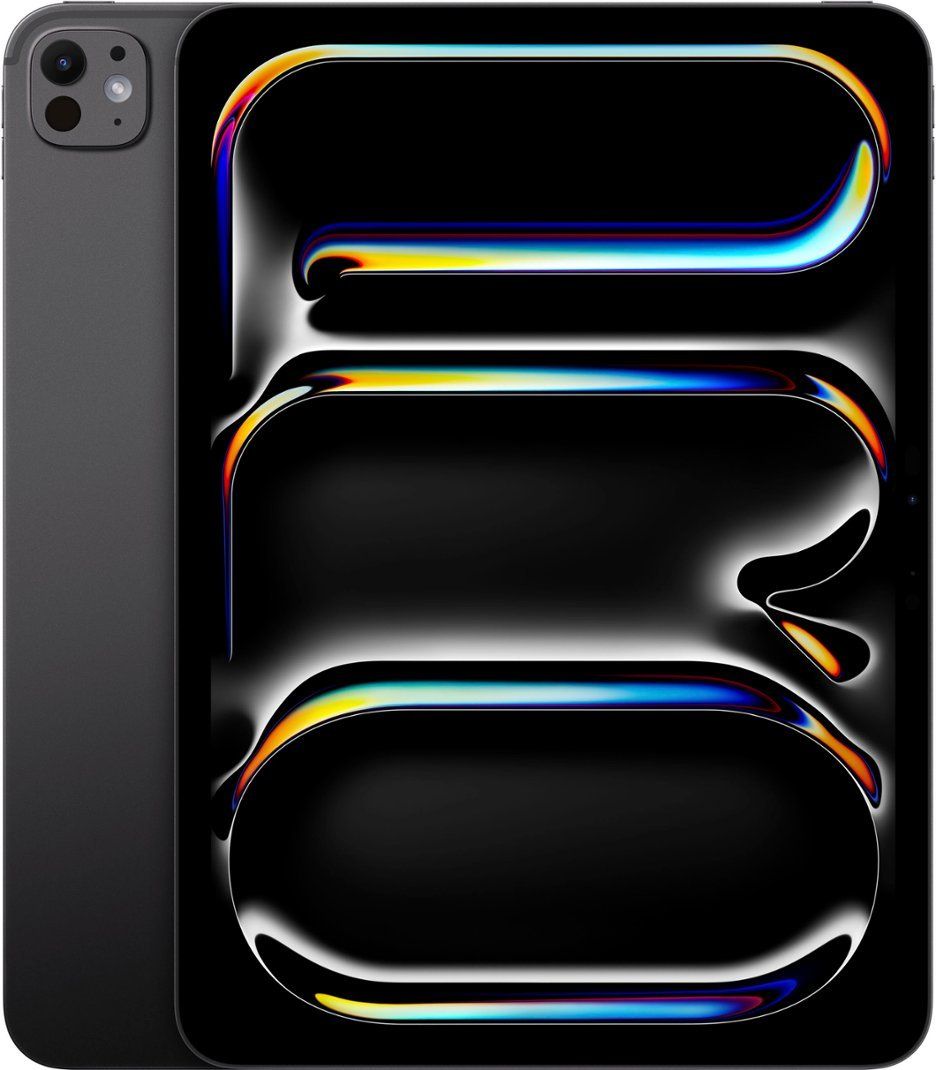
iPad Pro (M4)
$919 $999 Save $80
The new iPad Pro is impossibly thin, featuring outrageous performance with the Apple M4 chip, a breakthrough Ultra Retina XDR display, and superfast Wi-Fi 6E.
When I’m on the go, I always use my iPad as a second screen for my Mac, and when I don’t need to run macOS-specific apps on that second screen, I’ll just use the iPad natively, controlling it with the Mac’s keyboard and mouse. Between these two devices, there’s no work task I can’t do in my line of business, and I can be productive anywhere, for at least a full work day without access to mains power.
Long Live the iPad!
It’s amazing to think how far the iPad has come since its birth. At first, it was essentially a computer accessory, but over time it’s become a standalone computer that’s fully capable of being the main computer for most people.
I do wish Apple would make the leap and allow us to run macOS on our iPads, or at least let macOS software run on it, but at this point all the major obstacles to iPads being all the computer you need have been removed. That is, if you don’t mind the walled garden that still surrounds Apple’s tablets, that is.


